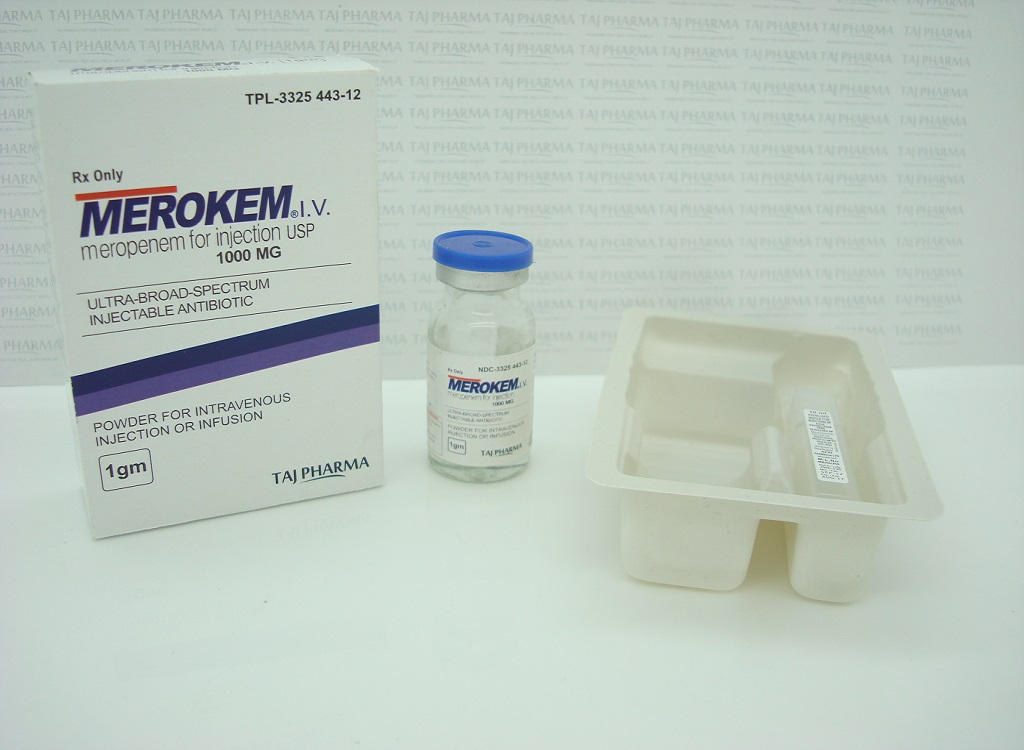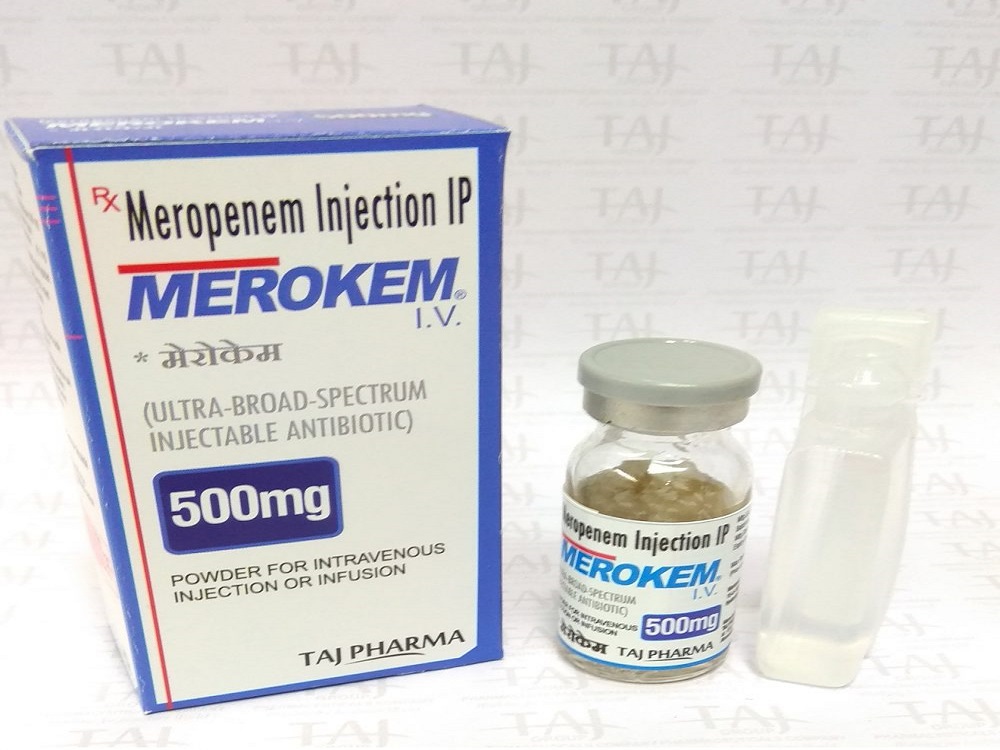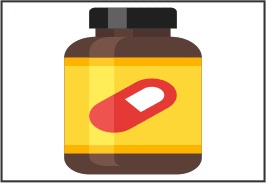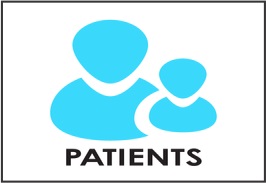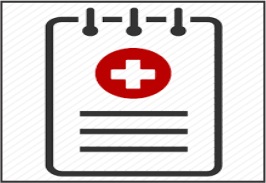Antibiotic
A drug used to treat bacterial infections. Antibiotics have no effect on viral infections. Originally, an antibiotic was a substance produced by one microorganism that selectively inhibits the growth of another. Synthetic antibiotics, usually chemically related to natural antibiotics, have since been produced that accomplish comparable tasks.
In 1926, Alexander Fleming discovered penicillin, a substance produced by fungi that appeared able to inhibit bacterial growth. In 1939, Edward Chain and Howard Florey further studied penicillin and later carried out trials of penicillin on humans (with what were deemed fatal bacterial infections). Fleming, Florey and Chain shared the Nobel Prize in 1945 for their work which ushered in the era of antibiotics.
Another antibiotic, for example, is tetracycline, a broad-spectrum agent effective against a wide variety of bacteria including Hemophilus influenzae, Streptococcus pneumoniae, Mycoplasma pneumoniae, Chlamydia psittaci, Chlamydia trachomatis, Neisseria gonorrhoea, and many others. The first drug of the tetracycline family, chlortetracycline, was introduced in 1948.
What is antibiotic resistance?
Antibiotics are medications used to kill or slow the growth of bacteria and some fungi. Antibiotics are not effective in treating infections caused by viruses.
The definition of antibiotic resistance is the adaptive change in bacteria (mutation) that allows them to grow in the presence of a drug (an antibiotic) that would normally slow their growth or kill them. These antibiotic resistant bacteria and fungi become harder to treat, causing increased morbidity.
CDC (Centers for Disease Control and Prevention) statistics show there are approximately 2 million antibiotic resistant infections each year in the United States. According to the WHO (World Health Organization), antibiotic resistant infections can lead to longer hospital stays, higher treatment costs, and more deaths.
What are some types of antibiotic resistance?
Methicillin-resistant Staphylococcus aureus (MRSA) bacteria: commonly seen in hospitals and healthcare settings (hospital acquired or HA-MRSA), but also in among people in close contact such as athletes (community associated or CA-MRSA).
Vancomycin-resistant Enterococci (VRE) bacteria are resistant to vancomycin, an antibiotic often used as a last resort
Certain microbes are becoming increasingly resistant to antibiotics:
Food-borne bacteria responsible for food poisoning such as E. coli, Salmonella, and Campylobacter
Sexually transmitted bacteria that cause gonorrhea
Penicillin-resistant Streptococci that cause pneumonia
Tuberculosis
Influenza
Human Immunodeficiency Virus (HIV)
Malaria
What causes antibiotic resistance?
Bacteria, viruses are living organisms that can change over time. They reproduce and spread quickly and efficiently, and can adapt to their environments and change in ways to ensure their survival. When confronted with an antibiotic that may hinder their ability to reproduce, genetic changes (mutations) can occur that enable the microbe to survive. This evolution can happen in a number of ways:
Selective Pressure: In the presence of an antibiotic, microbes that carry resistance genes can survive and replicate.
Mutation: Most microbes reproduce by dividing every few hours and mutations may occur that can help microbes survive exposure to antibiotics.
Gene Transfer: Microbes can get genes from each other that make the microbe drug resistant.
Societal Pressures: The widespread use of antibiotics in different spheres of society, sometimes when they're unnecessary, creates selective pressure that allows resistant organisms to be produced.
Inappropriate Use: Inappropriate use of antibiotics can occur, such as when a healthcare provider will prescribe an antibiotic because an insistent patient has demanded it, even without a diagnosis.
Inadequate Diagnostics: Sometimes broad-spectrum antibiotics are used even when a specific antibiotic might be better because there is incomplete or imperfect information to diagnose an infection. This contributes to selective pressure.
Hospital Use: Critically ill patients are more susceptible to infections and they frequently need antibiotics, but this increased use along with close contact among sick patients creates an environment where antimicrobial-resistant germs can spread easily.
Agricultural Use: Adding antibiotics to agricultural feed can promote drug resistance.
How are antibiotic-resistant infections diagnosed?
Tests may be used to determine which microbe is causing an infection and to which antibiotics the microbe might be resistant (called a “culture and sensitivity”). But often, diagnostic tests can take days to weeks to get results because many of tests require the microbe to grow over a period of time before it can be identified.
Samples may be taken of blood, urine, stool, sputum, tissue, cerebrospinal fluid (CSF), or mucus from the nose, throat, or genitals. Samples may then be stained and examined under a microscope, cultured (allowed to grow), or tested for antibodies, antigens, or genetic material (such as DNA or RNA) from the microorganism to determine the organism responsible for the infection.
In many cases treatment decisions are needed before test results are known and healthcare providers may prescribe broad-spectrum antibiotics when a more specific treatment might be better.
What is the treatment for antibiotic-resistant infections?
A doctor will decide when to use antibiotics, and what drugs should be used. Antibiotics are used to fight bacterial infections and sometimes, fungal infections. Antibiotics are not intended for use against viral infections. They are ineffective and may contribute to the development antibiotic-resistant bacteria.
If you have a bacterial infection that is resistant to a particular antibiotic, a doctor can prescribe a different, more appropriate, antibiotic that is more effective against that organism.
Can antibiotic resistance be prevented?
To prevent antibiotic resistance, follow all instructions from your doctor on taking prescription medications. Complete the entire course of the antibiotics as directed, even if you feel better before you finish them. Never share your medications with others or take medicine prescribed for another person.
The less often you get sick, the less often you might need to take antibiotics. The less often you take antibiotics, the less likely your infections are to develop antibiotic resistance. Maintaining a healthy lifestyle including proper nutrition, regular exercise, and getting adequate sleep can help your immune system stay healthy.
In addition, practice good hygiene such as washing hands frequently to prevent the spread of illness.
How do antibiotics work?
There are different types of antibiotic, which work in one of two ways:
A bactericidal antibiotic, such as penicillin, kills the bacteria. These drugs usually interfere with either the formation of the bacterial cell wall or its cell contents.
A bacteriostatic stops bacteria from multiplying.
Uses
A doctor prescribes antibiotics for the treatment of a bacterial infection. It is not effective against viruses.
Know whether an infection is bacterial or viral helps to effectively treat it.
Viruses cause most upper respiratory tract infections (URTIs), such as the common cold and flu. Antibiotics do not work against these viruses.
If people overuse antibiotics or use them incorrectly, the bacteria might become resistant. This means that the antibiotic becomes less effective against that type of bacterium, as the bacterium has been able to improve its defenses.
A doctor can prescribe a broad-spectrum antibiotic to treat a wide range of infections. A narrow-spectrum antibiotic is only effective against a few types of bacteria.
Some antibiotics attack aerobic bacteria, while others work against anaerobic bacteria. Aerobic bacteria need oxygen and anaerobic bacteria do not.
In some cases, a healthcare professional may provide antibiotics to prevent rather than treat an infection, as might be the case before surgery. This is the 'prophylactic' use of antibiotics. People commonly use these antibiotics before bowel and orthopedic surgery.
Side effects
Antibiotics commonly cause the following side effects:
diarrhea
nausea
vomiting
rash
upset stomach
with certain antibiotics or prolonged use, fungal infections of the mouth, digestive tract, and vagina
Less common side effects of antibiotics include:
formation of kidney stones, when taking sulphonamides
abnormal blood clotting, when taking some cephalosporins)
sensitivity to sunlight, when taking tetracyclines
blood disorders, when taking trimethoprim
deafness, when taking erythromycin and the aminoglycosides
Some people, especially older adults, may experience bowel inflammation, which can lead to severe, bloody diarrhea.
In less common instances, penicillins, cephalosporins, and erythromycin can also cause inflamed bowels.
Allergy
Some people may develop an allergic reaction to antibiotics, especially penicillins. Side effects might include a rash, swelling of the tongue and face, and difficulty breathing.
Allergic reactions to antibiotics might be immediate or delayed hypersensitivity reactions.
Anyone who has an allergic reaction to an antibiotic must tell their doctor or pharmacist.
Reactions to antibiotics can be serious and sometimes fatal. They are called anaphylactic reactions.
People with reduced liver or kidney function should be cautious when using antibiotics. This may affect the types of antibiotics they can use or the dose they receive.
Likewise, women who are pregnant or breast-feeding should speak with a doctor about the best antibiotics to take.
Interactions
Individuals taking an antibiotic should not take other medicines or herbal remedies without speaking with a doctor first. Certain OTC medicines might also interact with antibiotics.
Some doctors suggest that antibiotics can reduce the effectiveness of oral contraceptives. However, research does not generally support this.
Nonetheless, people who experience diarrhea and vomiting or are not taking their oral contraceptive during illness because of an upset stomach might find that its effectiveness reduces.
In these circumstances, take additional contraceptive precautions.
How to use
People usually take antibiotics by mouth. However, doctors can administer them by injection or apply them directly to the part of the body with infection.
Most antibiotics start combating infection within a few hours. Complete the whole course of medication to prevent the return of the infection.
Stopping the medication before the course has finished increases the risk that the bacteria will become resistant to future treatments. The ones that survive will have had some exposure to the antibiotic and may consequently develop resistance to it.
An individual needs to complete the course of antibiotic treatment even after they see an improvement in symptoms.
Do not take some antibiotics with certain foods and drinks. Take others on an empty stomach, about an hour before meals, or 2 hours after. Follow the instructions correctly for the medication to be effective. People taking metronidazole should not drink alcohol.
Avoid dairy products when taking tetracyclines, as these might disrupt the absorption of the medication.
Click here for Download pdf of patient informationClick here for Download pdf of prescribing information





